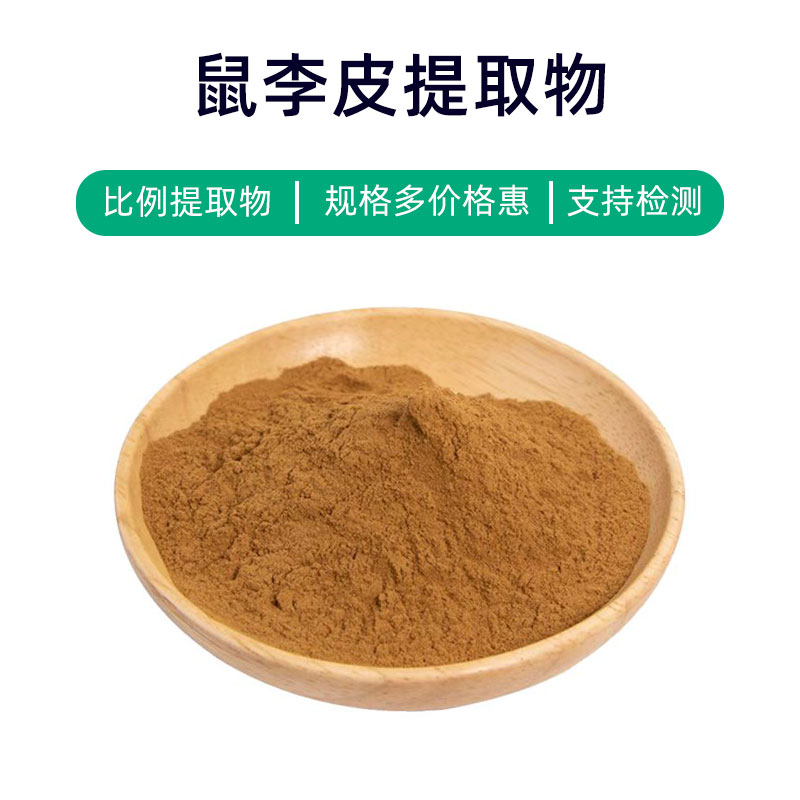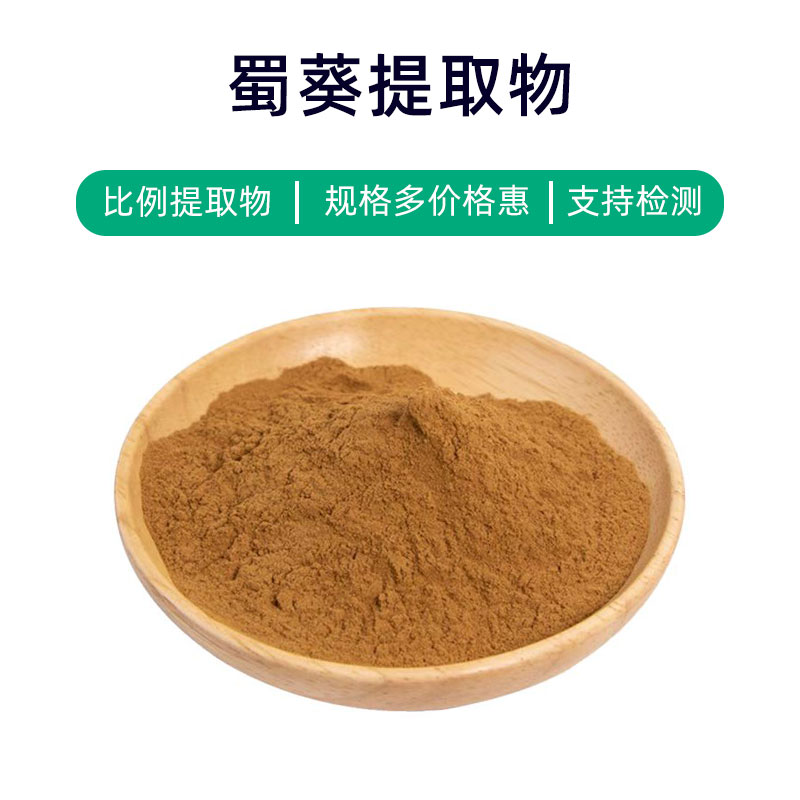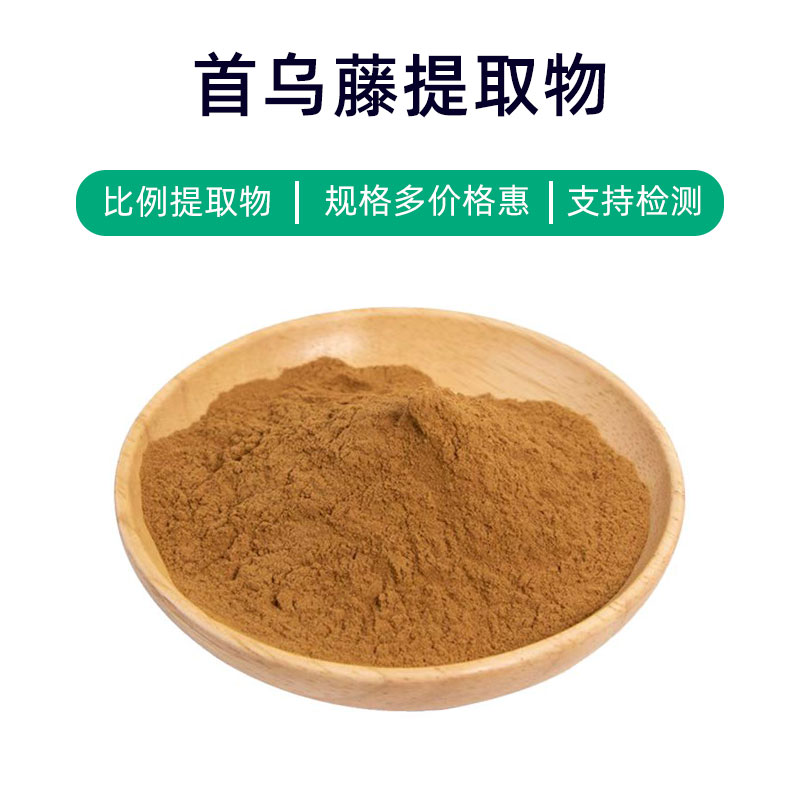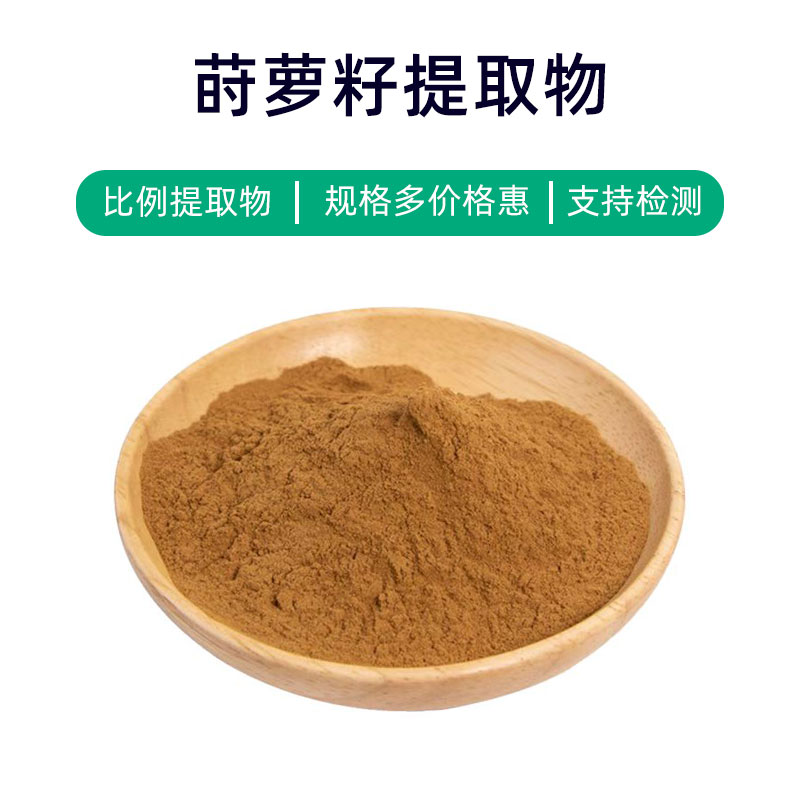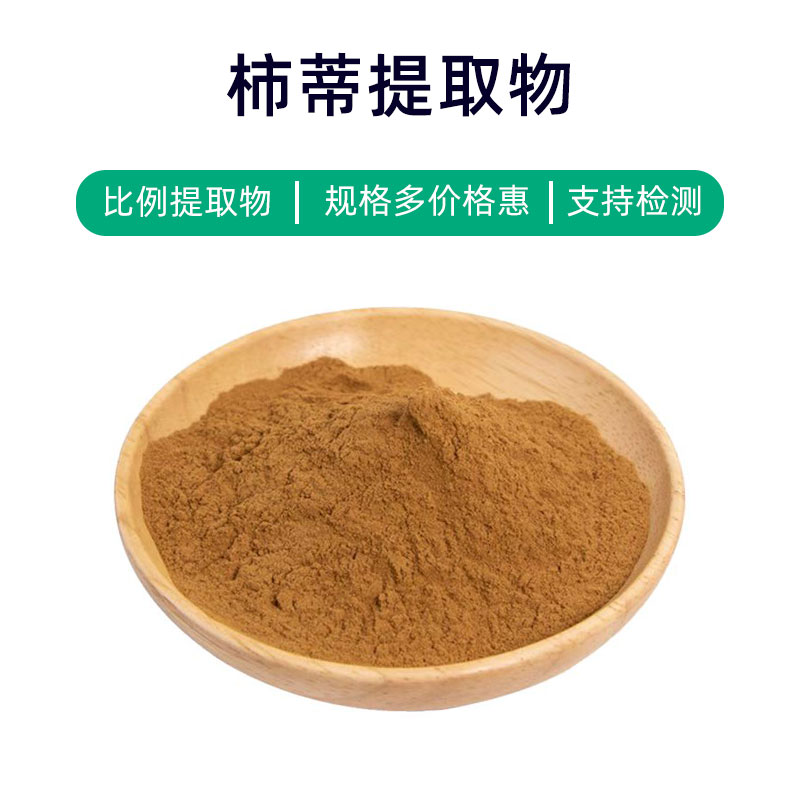Introduction to Rosemary Extract
Rosemary extract is a natural plant extract derived from the leaves and flowers of the rosemary plant (Rosmarinus officinalis). Its main components include rosmarinic acid, caffeic acid, and various phenolic compounds. These compounds contribute to the numerous benefits and applications of rosemary extract.
Firstly, rosemary extract possesses exceptional antioxidant properties, capable of neutralizing free radicals, slowing down cellular aging, and helping protect cells from oxidative damage. Additionally, it demonstrates significant antibacterial and anti-inflammatory effects, helping to inhibit the growth of bacteria and viruses, reducing inflammatory responses, and supporting overall health.
In terms of application, rosemary extract is commonly used in the food, dietary supplement, cosmetic, and pharmaceutical sectors. In food, it is often used as a natural antioxidant and preservative to extend shelf life while imparting unique aromas and flavors. In dietary supplements, its antioxidant and anti-inflammatory effects are utilized to improve immune function and promote the health of the digestive and circulatory systems. In cosmetics, rosemary extract is frequently added to skincare and hair care products for its antioxidant and moisturizing benefits, helping to reduce skin aging and hair damage. Moreover, it is commonly found in pharmaceuticals such as pain relievers, digestive aids, and oral care products, aimed at alleviating pain and improving digestive and oral health.
In summary, rosemary extract serves as a natural plant extract with a wide range of applications across various fields, demonstrating antioxidant, antibacterial, and anti-inflammatory properties that contribute to health and beauty.
Production Process of Rosemary Extract
The production process for rosemary extract usually includes the following steps:
- Raw Material Preparation: Start with freshly chosen rosemary leaves and flowers as extraction materials. The raw materials should be screened and cleaned to ensure quality.
- Extraction: Place the cleaned rosemary leaves and flowers into extraction equipment, typically using methods like water extraction, ethanol extraction, or supercritical fluid extraction. During extraction, it's important to control parameters such as temperature, time, and pressure to effectively extract the target compounds.
- Filtration: After extraction, the solution needs to be filtered to remove suspended solids and impurities, resulting in a pure extract.
- Concentration: The filtered extract undergoes concentration, typically using methods like evaporation, freeze concentration, or vacuum concentration to remove solvents, yielding a concentrated extract.
- Drying: The concentrated extract is then dried to eliminate residual moisture, using methods such as spray drying, vacuum drying, or air drying.
- Milling: The dried extract usually exists in a powdered form and requires milling to achieve a uniform and fine particle size.
- Packaging: Finally, the milled extract is packaged according to certain specifications, typically using sealed packaging to prevent oxidation and moisture from affecting the product.
- Quality Control: Each step in the production process requires strict quality control and inspection to ensure the product meets related quality standards and safety requirements.
Through these production steps, high-quality rosemary extract can be produced, ensuring stable composition, high purity, and good preservation effects, suitable for use in pharmaceuticals, food, and cosmetics.
Effects and Side Effects of Rosemary Extract
Rosemary extract, a natural plant extract, offers various effects and benefits in the pharmaceutical, food, and cosmetic fields. However, it's important to note that specific effects and benefits may vary based on product formulation and intended use. Below are the main effects and benefits of rosemary extract under general circumstances:
- Antioxidant Effect: Rosemary extract is rich in various natural antioxidants, such as polyphenolic compounds, which help combat oxidative damage from free radicals, slowing the aging process and protecting cell health.
- Anti-inflammatory Effect: Research indicates that the active components in rosemary extract have anti-inflammatory properties that can alleviate inflammatory responses and symptoms related to inflammatory diseases, like arthritis and skin inflammation.
- Antibacterial Effect: Rosemary extract contains several compounds with antibacterial activity, which can inhibit the growth of bacteria and fungi, helping to prevent and treat infectious diseases.
- Moisturizing: Rosemary extract has good moisturizing properties, enhancing the skin barrier function and maintaining moisture balance, leaving skin soft and hydrated.
- Skin Brightening: Certain components in rosemary extract are believed to have skin-brightening effects, inhibiting melanin production, reducing dark spots, and improving overall skin tone.
- Antiallergic: The active components in rosemary extract may possess antiallergic properties, alleviating skin sensitivity and allergic reactions, easing discomfort.
- Wound Healing: Some studies suggest that rosemary extract can promote repair and healing of skin damage, potentially accelerating the wound healing process.
- Regulating Sebum Production: The active components of rosemary extract can regulate sebum production, helping to improve oily skin issues and reduce shine and acne occurrence.
Despite its numerous benefits, caution is advised when using rosemary extract, avoiding excessive use or combining it with other chemical components to prevent adverse reactions. Individual responses to the extract may vary, and if skin irritation or allergic symptoms occur, usage should be discontinued immediately and professional medical advice sought.
Application Scenarios and Dosage of Rosemary Extract
Rosemary extract has broad applications in pharmaceuticals, food, and cosmetics. Below are its application scenarios and dosages in various fields:
- Medical Applications:
- Skin Inflammation Treatment: Rosemary extract can be used for treating mild skin inflammations such as eczema and dermatitis. Method: Apply the extract evenly to the affected area 2-3 times daily until symptoms improve.
- Wound Healing Promotion: Can be applied during the wound healing process to enhance recovery. Method: Apply to clean wound surfaces 1-2 times daily until healed.
- Antibacterial and Anti-inflammatory: Has certain antibacterial and anti-inflammatory properties for treating minor skin infections. Method: Apply to the infected area 2-3 times daily until symptoms subside.
- Food Applications:
- Natural Coloring Agent: Rosemary extract can be used as a food additive and natural coloring agent. Typical dosage is 0.1%-0.5%.
- Food Preservation: With certain antioxidant properties, it can be utilized for food preservation and as a preservative. Standard dosage is between 0.05%-0.1%.
- Cosmetic Applications:
- Skincare Products: Rosemary extract is frequently used in skincare products, offering moisturizing, antioxidant, and skin-brightening benefits. Method: Evenly apply an appropriate amount to cleaned facial skin and gently massage until absorbed.
- Hair Care Products: Can be incorporated into shampoos and conditioners to nourish hair and increase shine. Usage: Follow product instructions.
When using rosemary extract, the following precautions should be observed:
- Strictly adhere to product instructions, avoiding excessive use.
- For sensitive skin, a patch test is recommended before broader application to confirm no allergic reactions.
- In medical applications, if discomfort or allergic symptoms occur, discontinue use immediately and consult a medical professional.
Overall, rosemary extract, as a natural plant extract, shows great potential for use in pharmaceuticals, food, and cosmetics; however, it's essential to pay attention to dosage and methods, as well as possible adverse reactions during use.
Description of the Source Plant of Rosemary Extract: Distribution and Growth Environment
Rosemary (Scientific Name: Solanum trilobatum) is a perennial herbaceous plant belonging to the nightshade family, commonly found in tropical and subtropical regions of Asia, Africa, and Oceania. Here are detailed insights on the source plant of rosemary extract, including its features, distribution, and growth environment:
- Plant Characteristics:
- Rosemary is a perennial herb, typically growing to a height of 3-6 feet.
- Its leaves are oval to elliptical, with three lobes, and have serrated edges; the surface is smooth.
- The stems, leaves, and flowers are covered with short, soft hairs, giving them a soft texture.
- The flowers are pale purple to white, star-shaped, and have a noticeable fragrance.
- The plant is often thorny and exhibits climbing ability.
- Distribution:
- Rosemary is mainly distributed in tropical and subtropical regions of Asia, Africa, and Oceania, including India, Sri Lanka, Thailand, Malaysia, Vietnam, Bangladesh, and Nepal.
- In Africa, it is primarily found in countries like Ethiopia, Kenya, and Nigeria.
- This plant has also been introduced to other tropical regions as a medicinal plant.
- Growth Environment:
- Rosemary thrives in warm, moist environments, generally growing in low-altitude areas at elevations between 0-3,300 feet.
- It is commonly found in open environments such as forest edges, grasslands, roadsides, riverbanks, and fields, and can also grow in semi-shaded conditions.
- This plant is not very picky about soil types and is adaptable, thriving in various soil conditions but showing a preference for well-drained soils.
In summary, rosemary is a perennial herbaceous plant that grows in tropical and subtropical regions, with a wide distribution range primarily in Asia, Africa, and Oceania. It prefers warm, moist environments and displays strong adaptability to various soil types, often found in open areas such as forest margins, grasslands, and riverbanks.
Processing and Storage of Rosemary Extract
The processing of rosemary extract typically involves the following steps: First, fresh rosemary plants are harvested and thoroughly cleaned; next, initial processing is performed, such as removing impurities and drying; then, suitable extraction methods, such as water extraction or solvent extraction, are used to extract the active components from the plant; finally, through processes like filtration, concentration, and drying, the final rosemary extract product is obtained.
Regarding storage, rosemary extract should be kept in a dry, cool, and ventilated environment, avoiding direct sunlight and high temperatures to prevent moisture degradation. Additionally, the extract should be placed in a sealed container to prevent exposure to air, extending its shelf life. Regularly check the appearance and smell of the extract and discard it if any abnormal changes are observed.
Monica Sun is a seasoned expert in the plant extraction industry with over a decade of experience in research and production. She specializes in the extraction and purification of plant active ingredients, focusing on driving innovation in natural product applications. Monica has participated in the development of multiple functional plant extracts, delivering high-value natural raw material solutions for the health food, pharmaceutical, and dietary supplement sectors.









